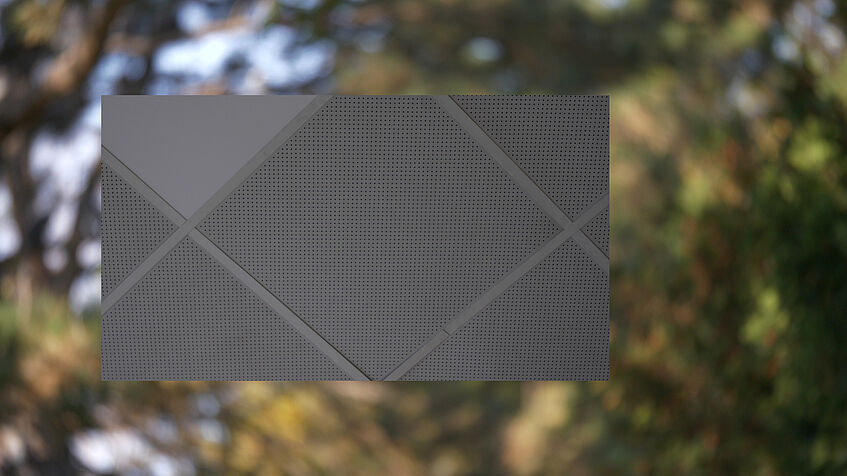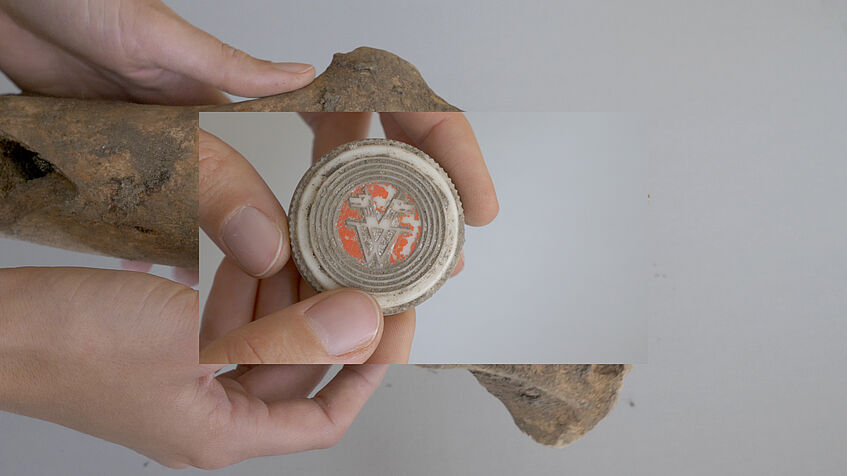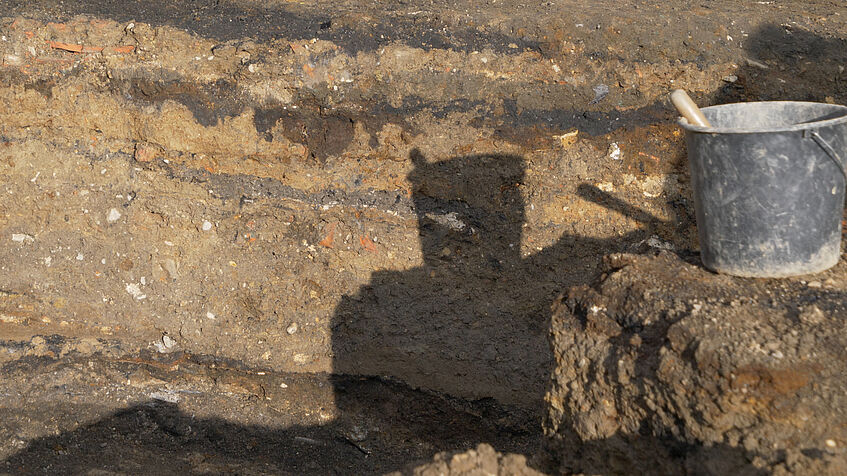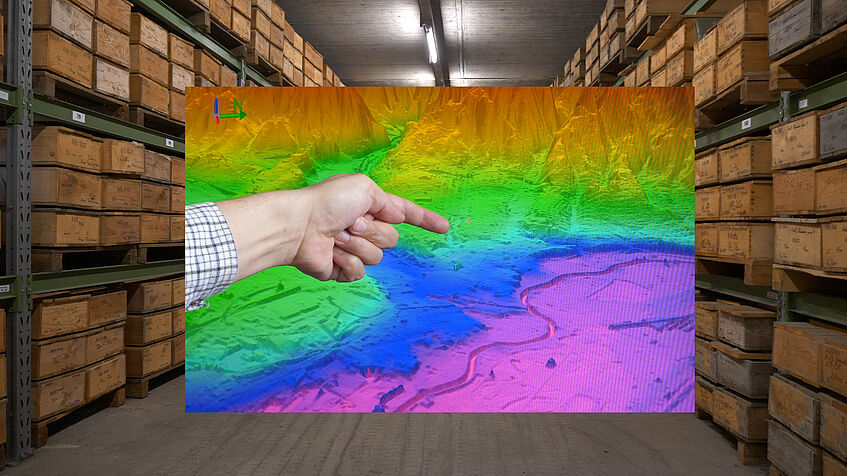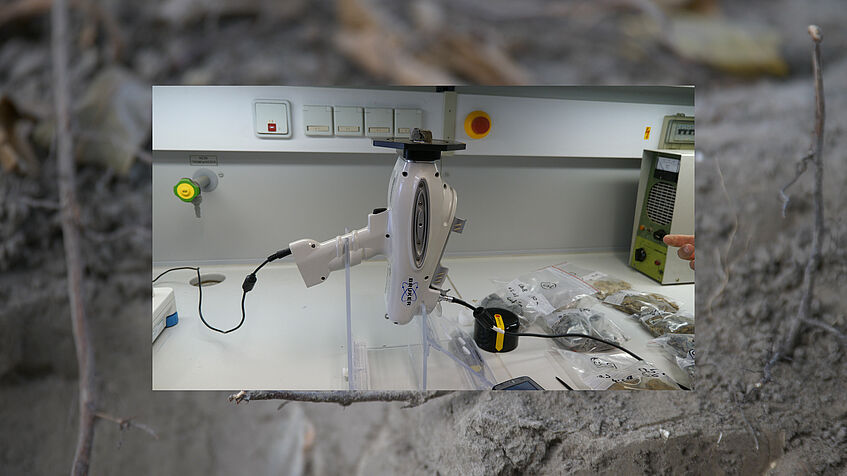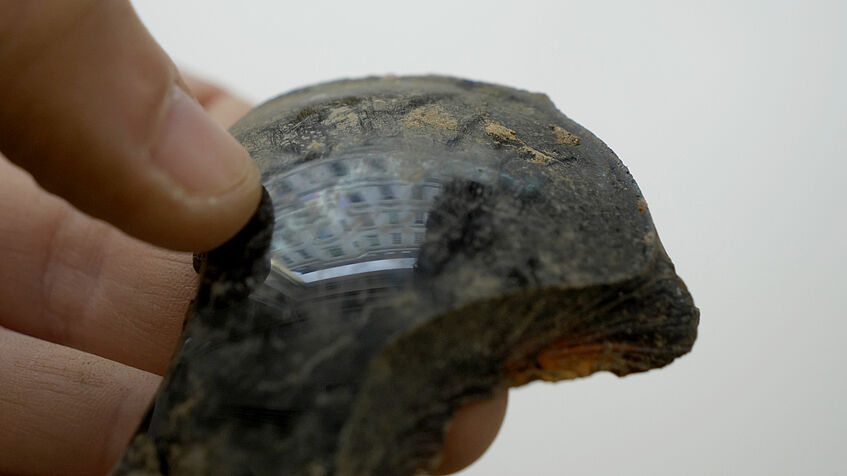Katrin Hornek
Project Co-leader
Department of Site-Specific Art, University of Applied Arts Vienna
Katrin Hornek is a visual artist based in Vienna. In her research-based installations, videos, and curatorial projects, she argues for a more complex understanding of the entwinement of nature and culture – most recently at the Riga Biennial (2020), in the exhibition Hysterical Mining (2019) at Kunsthalle Wien, and in her teaching activity at the department of site-specific art.
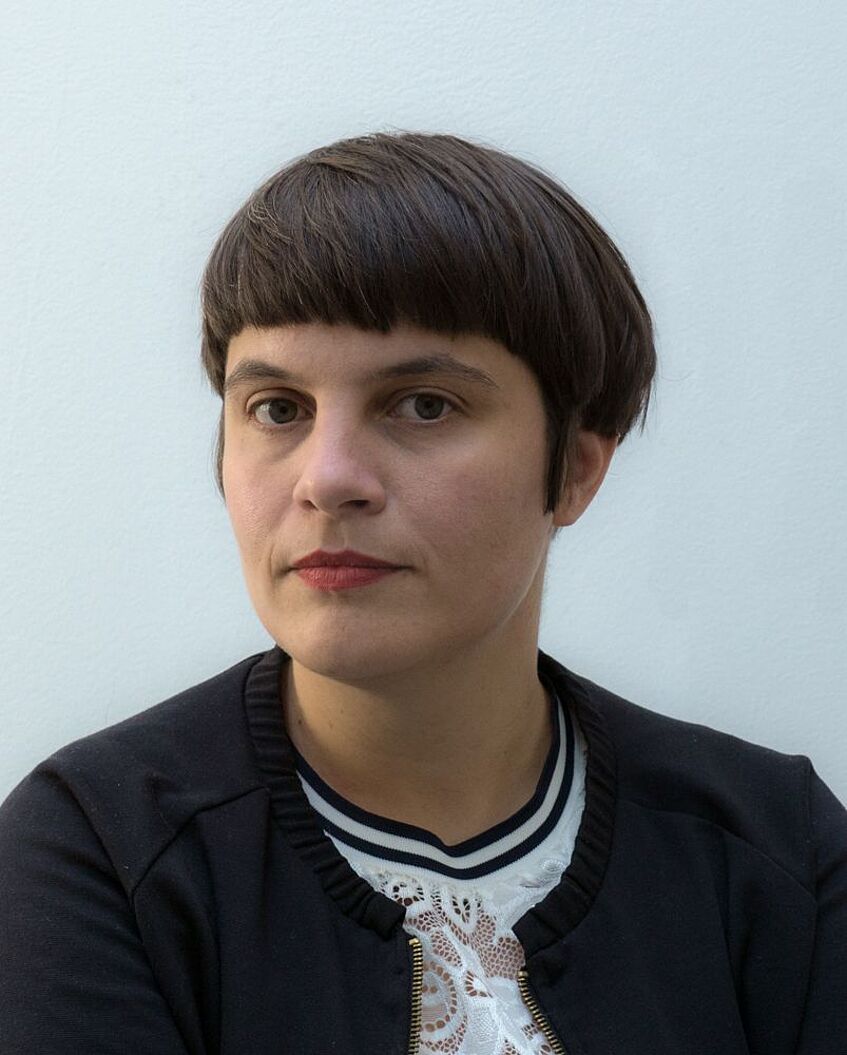
As an artistic approach in tracing an Anthropocene condition on a local level, I am developing both – a web-based, and a series of related (analogue) installations that want to portray the hybrid body of Vienna’s cultural sedimentation archive as a collective recorder. As a polyphonic memory which incorporates the profound changes in the relationship between human cultures, geological environments and global technologies in the age of the Anthropocene.
As part of the process, the involved sciences and institutions will be accompanied, while they are mapping, quantifying, contextualizing and reworking Vienna’s multilayered underground. Both the material deposits and excavated layers, as well as their transformation into new archives and storages, their digital representations, material compositions, diverse histories and multidisciplinary languages will be explored. I see my role here in the poetic modelling and curation of the collected material.
Thereby a web-body will evolve that gives this hybrid space of Vienna's underground a digital mass. A container which tries to visually permeate this complex sedimentation archive and make it imaginable, tangible and more relatable. To find ways to “thinking with” but also “feeling through the Anthropocene” as Heather Davis and Etienne Turpin are stating.
Taking into account that a traditional sense of orientation and visualization originates on a stable line – the horizontal line, the Anthropocene embodies the emerging condition of groundlessness on a philosophical, social and political level (e.g. Latour 2017, Bergthaller/Horn 2019, Emmelhainz 2015; Davis/Turpin 2015). Layering, hyperlinking and rearranging the gathered information into an interactive and hybrid ground in the form of a web-based installation, this unstable condition is encountered by a material-based and local analysis.
The research-based artistic work will include the following:
- Exploring and developing different formats of interdisciplinary exchange
- Development of a web-based installation
- Site-specific and/or content specific projects in exhibitions and in public space
Literature:
Davis, H., Turpin, E., 2015. Art in the Anthropocene: Encounters Among Aesthetics, Politics, Environments and Epistemologies. Open Humanities Press.
Emmelhainz, I., 2015. Conditions of Visuality Under the Anthropocene and Images of the Anthropocene to Come. e-flux journal #63.
Latour, B., 2017. Kampf um Gaia: Acht Vorträge über das neue Klimaregine. Berlin.
Bergthaller, H., Horn, E., 2019. Anthropozän zur Einführung. Junius Verlag, Hamburg.

